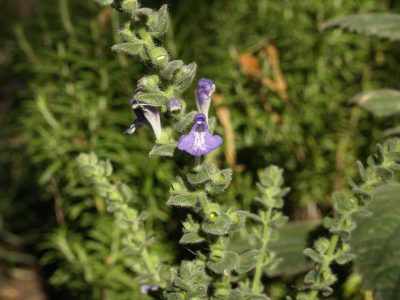Why do some plants die in freezing weather?
There are actually a few ways that freeze damage occurs on plants, but most commonly it happens when the frozen water in the plant thaws out. One day the plant looks okay; the next day, it’s mush.
Jerry Parsons, one of my favorite retired Extension specialists always explained this question with the challenge of an experiment. Fill a glass half-full with water and put it in your freezer. Take it out the next day, once it’s thoroughly frozen, and immediately place it under a warm stream of tap water and watch what happens.
Okay, I bet you guessed this without doing it! The glass will shatter as soon as the ice starts to thaw and crack, exactly as thawing plant cells will do as soon as the temperatures warm up.
Some plants contain more water than others, especially in their leaves. A pine tree has very little water stored in its leaves, so pine trees don’t generally freeze.
But tropical plants are from climates where the humidity is high and rain is usually plentiful, so they have lots of water in their leaves, making them very susceptible to cold temperatures.
Many plants also retain high amounts of water in their fleshy stems, so those may freeze too. Some will just lose their leaves but return; others will not survive.
Plants have different strategies for dealing with cold. Some die completely, leaving the next generation to carry on through their seeds in favorable conditions (like Salvia coccinea, zinnia, cosmos, annual gomphrena). Other warm weather annuals that don’t re-seed will completely die and must be replaced.
Others only lose their tender leaves and perhaps any tender new stem-growth (like Gomphrena grapes, Mexican mint marigold).
Some die all the way back to the ground, but have hardy root systems, allowing them to emerge after the harsh cold weather has passed. These include lantana, woody shrubs like Hamelia patens, turk’s cap and many others.
Succulents may lose a few leaves or the entire plant, depending on the species and its cold hardiness. Bulbs like crinums will lose their leaves but return in spring.

 Ellie Hanlon
Ellie Hanlon Greg Grant
Greg Grant Daphne Richards
Daphne Richards
 Trisha Shirey
Trisha Shirey